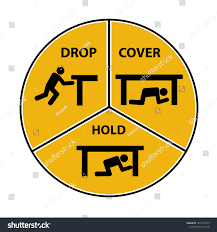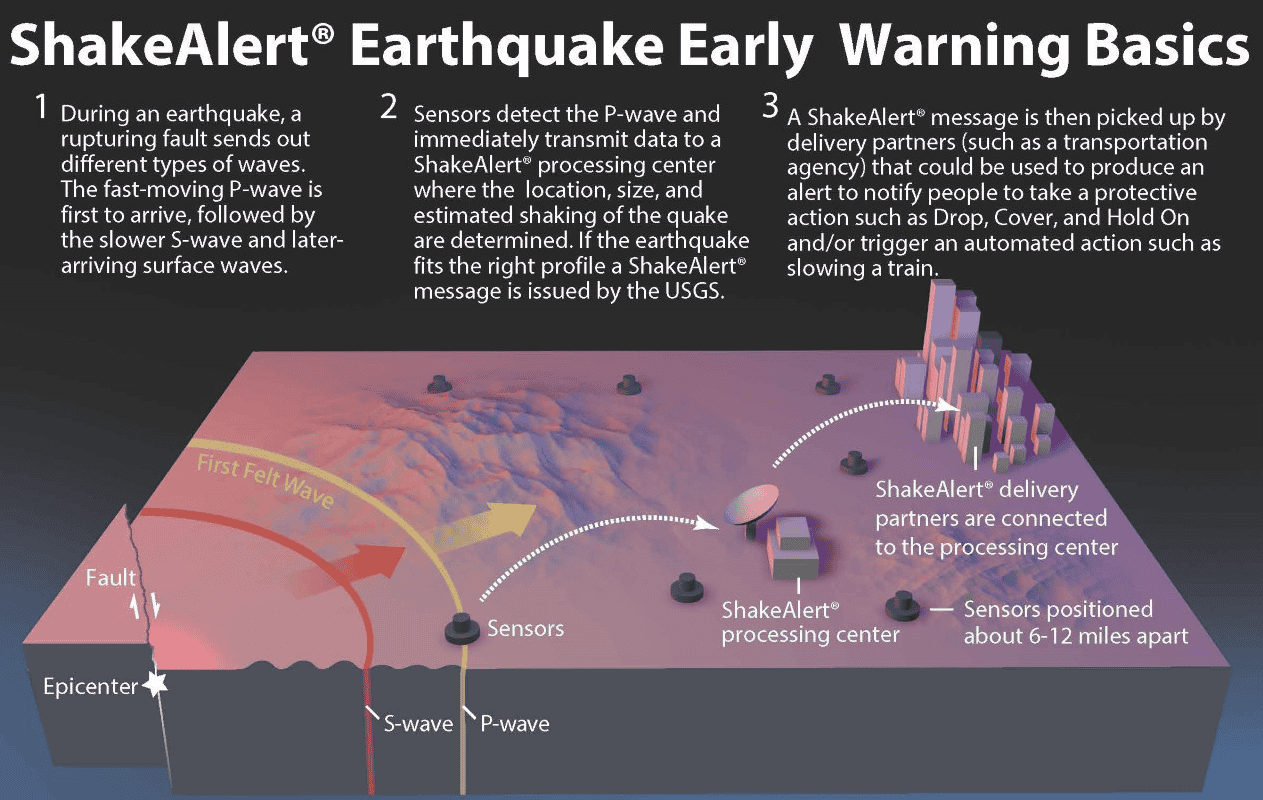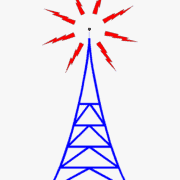Quake Alert Update!
UPDATE — IMPORTANT REQUEST
The article below describes the ShakeAlert earthquake warning system that will be activated in Oregon on March 11. It also mentions that some cell phones will be able to receive the warning signals, and that there are apps that can be downloaded for the other cellphones.
We want to encourage any interested residents to try out the system and/or apps, and report on their experiences. We will summarize the reports and publish an article in the next issue, it hope of making it easier for people to take advantage of the potential warnings.
If someone is willing to take this on as a project, we would be delighted to have a completed article submitted, but we will assemble individual reports or conduct interviews as needed.
If you will definitely try the experiment, please let us know in advance: email openinforvm@gmail.com
 THIRTY SECONDS
THIRTY SECONDS
You have 30 seconds. What can you do?
Driving? You could pull off the road, stop, and set the brake.
At home? You could walk across the room, get down on the floor, and crawl under the table.
Why those things? Because you know an earthquake is about to hit. How can you know that?
As of 10 a.m. on March 11, 2021, Oregon will be part of the ShakeAlert system (https://www.shakealert.org/). This is a warning system designed to give vitally important warnings shortly (less than a minute) before serious earthquake damage occurs. In a Zoom presentation on February 10, Eric Dittmer (SOU Professor emeritus, who gave an earthquake preparedness lecture at RVM in October 2020) and Terri Stewart (Coordinator for Ashland CERT – Community Emergency Response Team) provided information on the ShakeAlert rollout.
A few tens of seconds before the dangerous shaking starts is time for a lot of important things to happen if governments and organizations are properly equipped. The signals can be used to automatically activate warnings and protective measures. Firehouse doors open before the power goes off. Locations with water storage, like RVM, can be fitted with electrically operated valves that close to prevent water loss from broken pipes. Elevators can stop at the nearest floor and open the doors.
Individuals can have access to those signals too — signals can be received by some cellphones now, and there is an existing app – QuakealertUSA. Capabilities and apps are expected to increase in the future. In response to questions following the presentation, Eric Dittmer said “I think newer Androids will automatically receive alerts after March 11. All phones will receive QuakeAlertUSA — if you sign up (URLs at end of article). Apple is negotiating with USGS to incorporate ShakeAlert function in new designs.”
The figure below illustrates the basic operation of ShakeAlert

How does it work? Very quickly! When a fault ruptures, the released energy travels away from the source in two different ways. One is a p (pressure) wave, that travels through the earth as a fairly gentle ripple. It travels slightly faster, but does much less damage, than the s (shear) wave that follows. Both are much slower than the speed of radio waves or electrical signals.
This means that if you detect the p-wave motion of an earthquake and very quickly radio a warning to a friend farther away, your friend will have a small but important amount of time to take action have. That’s what ShakeAlert does in an automatic, technically sophisticated way. A network of sensitive detectors detects ground motion and instantly broadcasts warning signals.
In addition to the ShakeAlert website (https://www.shakealert.org/), other information resources include:
QuakeAlertUSA Android:; https://play.google.com/store/apps/details?id=com.ewl.quakealert&hl=en_US&gl=US
QuakeAlertUSA Apple: https://apps.apple.com/us/app/quakealertusa/id961670831
5 minute video describing ShakeAlert: https://www.youtube.com/watch?v=WWl3m4OyU44
Toast, tsunamis and the really big one — TedTalk, Dr Chris Goldfinger, OSU — nontechnical, informal https://www.youtube.com/watch?v=Iy5a2P3zXl4 (14 minutes)
“3 types of Earthquakes” (in the Pacific NW) https://youtu.be/_belQwGNolY educational/technical video (8 minutes)



Leave a Reply
Want to join the discussion?Feel free to contribute!